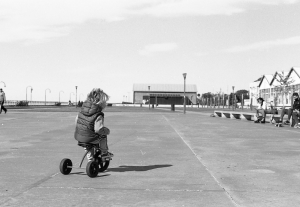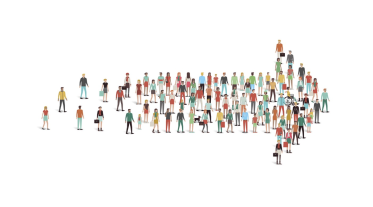- Customer Experience, Design, Personas, Usability, UX Education, UX Magazine
A persona-hater’s guide to teaching with personas
Article by Lindsey Wallace
Personas — Training Wheels
- Personas can help build an organizations’ capacity to imagine the people who use and interact with their products.
- The author’s take on what’s useful about personas:
- Personas help teams build a shared language to argue with when they have to work together.
- Personas can show teams when they need to think with a higher level of specificity.
- Using personas helps teams create hypotheses about who our users are and what matters to them.
- Personas give a framework that helps cross-functional teams easily understand research insights and implications.
- Personas need never replace research, but they can be a useful tool to begin to value them enough to bring their individual success or failure into designers’ decision-making.
Share:Personas — Training Wheels
Share this link
- May 18, 2022
3 min read







